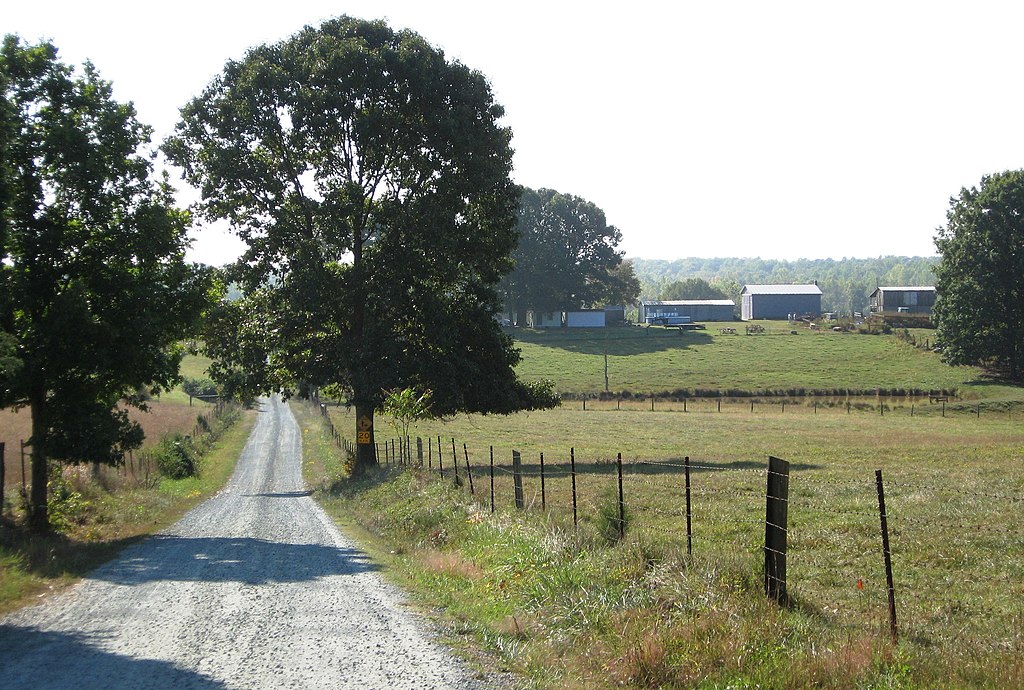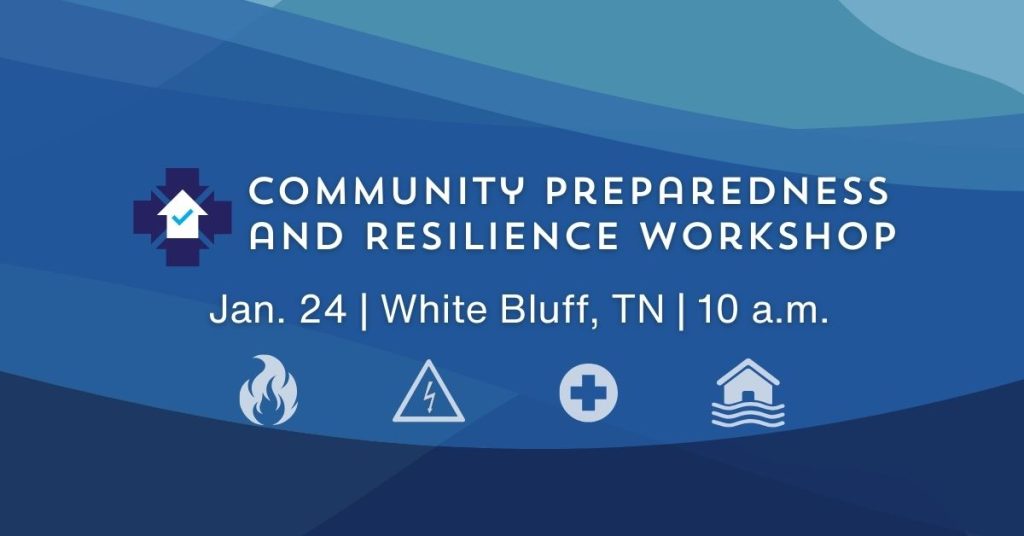Two women in hazmat suits and respirators were arrested in May after floated a 60 foot banner in the Brushy Fork impoundment “lake” which contains 8 billion gallons of coal sludge.
The banner read: “No More Toxic Sludge.”
Ironically, the two were charged with trespassing and littering the 8 billion gallon sludge reservoir. Other mountaintop removal mining and sludge related protests in May included 70 people at Massey Coal’s Marfork mining complex near Whiteville, WV.
One focus of the protests involved the potential of sludge dams to break, killing hundreds of people downstream. At one point, hundreds of shoes, representing the lives that would be lost, were lined up below a sludge dam.
“We live in a free country, and you can go up and down the street swinging your arms as a free person. But if somebody comes along, and you hit that person in the nose, your freedom ends where that person’s nose begins,” said former West Virginia Congressman Ken Hechler. “So I say to you here, the freedom of Massey is a clear and present danger to everyone that lives below Brushy Fork. Their freedom ends because they have put thousands of people at risk.”
Massey will be blasting close to the Brushy Fork impoundment, which sits atop a network of abandoned deep mine shafts and tunnels. This, along with the rainy spring, has led to questions about what the government is doing to survey the safety of sludge dams.
Sludge study questions raised
Appalachian Voices has filed several Freedom of Information Act requests to learn more about how the federal government is studying the sludge dams.
Until recently, only a handful of randomly selected dams were studied for technical compliance issues, according to the federal Office of Surface Mine and Reclamation Enforcement. A recently completed study focused on the safety of 15 high-risk sludge dams and their potential for breakthrough into nearby mines.
The study, will be the first to combine elements of dam volume and downstream populations in a risk assessment, according to OSMRE officials. Although the engineering work is complete, release of the study is being held up so that it can be reviewed, OSMRE said.
“Given the current state of emergency and severe flooding in West Virginia, we believe that this information has a direct bearing on vital issues of public safety,” Appalachian Voices said in a letter to OSMRE.
Related Articles
Latest News

Leave a comment
Your email address will not be published. Required fields are marked *





Leave a Comment